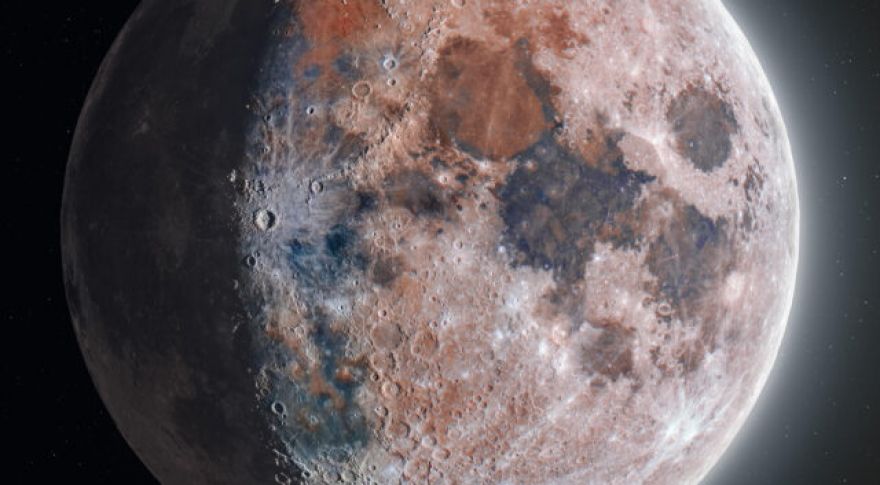
‘Ridiculously Detailed’ Photo of the Moon Uses Over 200,000 Images
Astrophotographers Andrew McCarthy and Connor Matherne several years ago, and last November they began a project they call “The Hunt for Artemis.
The final photo, which is , is a stacked mosaic consisting of both monochrome and color images. McCarthy has taken numerous images of the moon and its features, but this is the highest resolution image yet. Meanwhile, Matherne photographs mostly deep space objects, so he has greater experience with color astrophotography.
View this post on Instagram
In Arizona, McCarthy shot 200,000 frames of the moon to capture every detail, and in Louisiana, Matherne took 500 color images to give the final image incredible vibrancy. It took the pair about nine months of tinkering to get the stacking just right. The colors in “The Hunt for Artemis” don’t quite match what your eye sees on the moon, but it’s not artificial. The saturation has been increased to demonstrate the geological differences on the lunar surface. The reddish areas are high in iron and feldspar, and the blue-tinted zones have higher titanium content.
McCarthy’s site offers prints of the image, as well as a full resolution digital download you can print yourself. It’s a great way to get hyped for the beginning of a new era of human exploration in space. The first SLS rocket is . The Orion capsule mated to the nose will spend several weeks coasting around the moon before returning to Earth. This will demonstrate the safety and efficacy of the spacecraft, clearing the way for the crewed Artemis 2 mission in a few years. Artemis 3 is currently slated for a 2025 launch and will include a two-person lunar landing.
Now read: